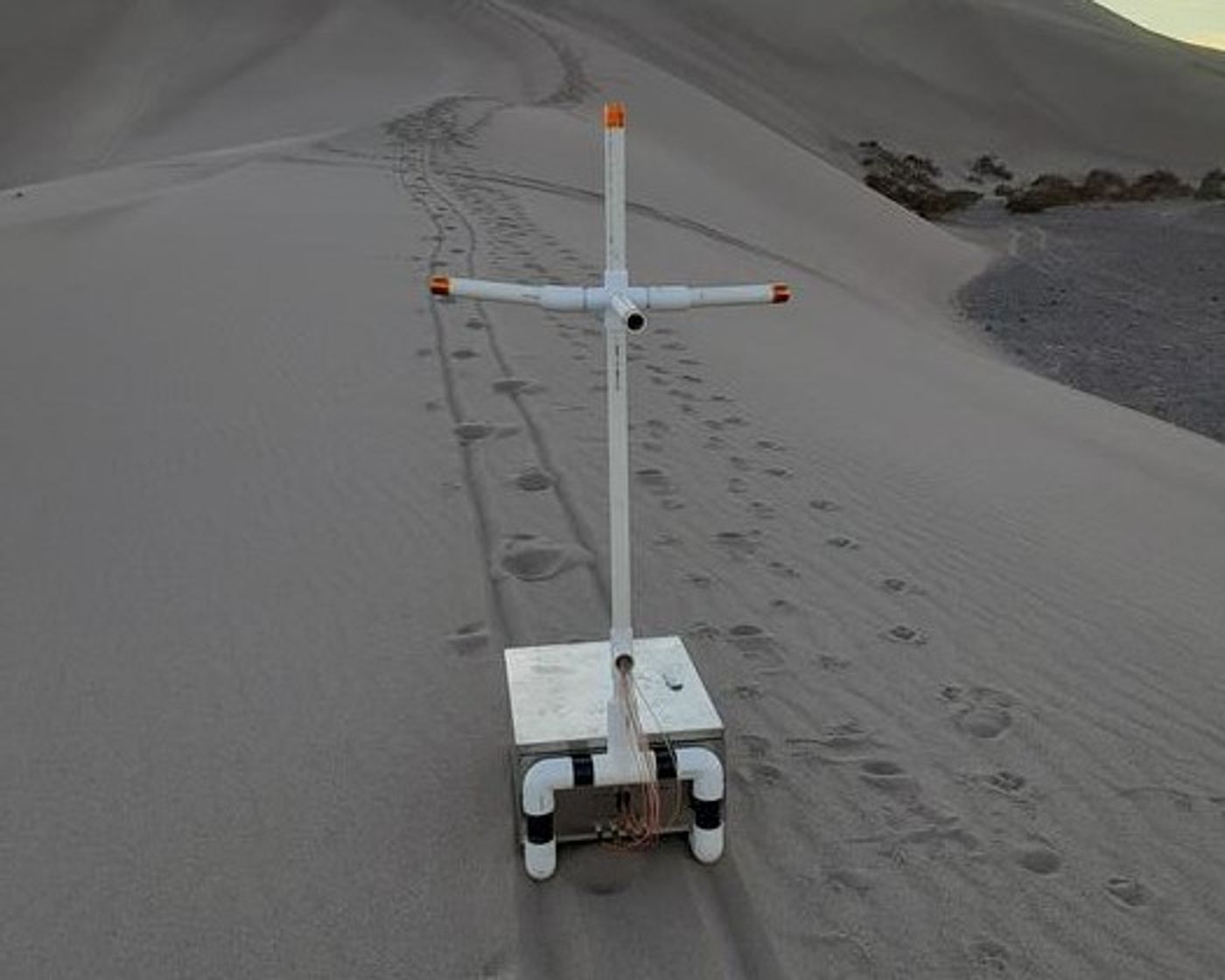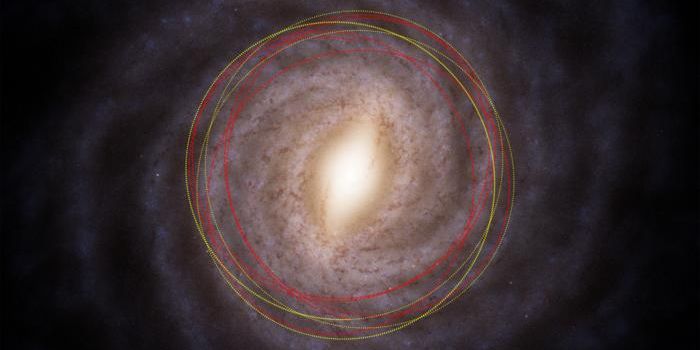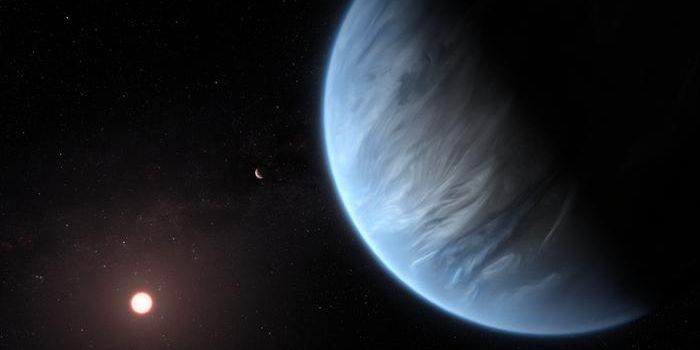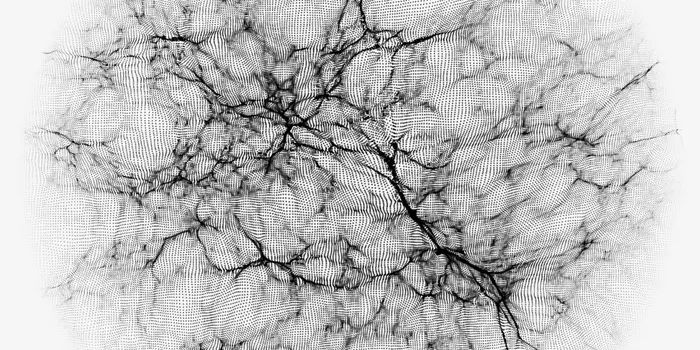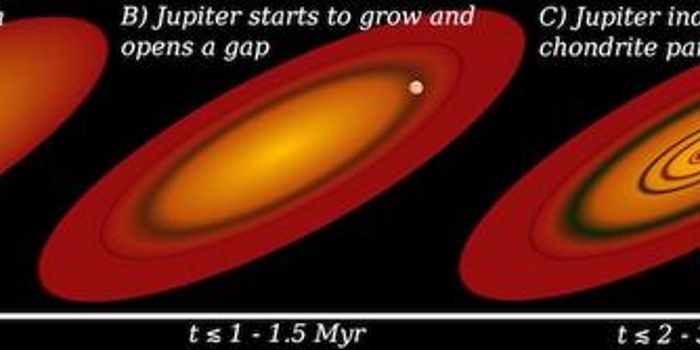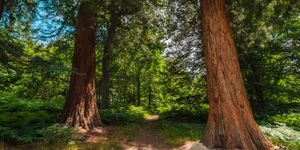SPARCI: Advancing Lunar Science with Ground-Penetrating Radar
How deep is the lunar regolith and megaregolith, the latter of which consists of the cracked lunar crust layers resulting from billions of years of impact craters? This is what the Synthetic Pulse Artemis Radar for Crustal Imaging (SPARCI, pronounced “sparky”) instrument hopes to address as the Southwest Research Institute (SwRI) was recently awarded a 3-year, $2,041,000 grant from NASA’s Development and Advancement of Lunar Instrumentation (DALI) program as part of advancing lunar exploration technologies.
Image of the Synthetic Pulse Artemis Radar for Crustal Imaging (SPARCI, pronounced “sparky”). (Credit: Southwest Research Institute/Bryan Pyke)
“Learning more about the lunar megaregolith will help us gain a wider understanding of the Moon’s formation and that of similar bodies with thin, sparse atmospheres,” said Dr. David Stillman, who is a geophysicist at SwRI and SPARCI’s principal investigator. “If we are able to pinpoint exactly where this layer begins, we can use that to create more accurate formation and evolution models.”
The depth of the lunar megaregolith is currently estimated to range between 0.25 and 3.1 miles (0.4 and 5 kilometers) and hypothesized to have formed after the Moon cooled and solidified. SPARCI, which is designed to be deployed by future lunar astronauts, will use its ground-penetrating radar to analyze the megaregolith’s density and composition in hopes of lunar more about the geologic history of our nearest celestial neighbor.
This comes as NASA's Artemis program is preparing to land the first woman and person of color on the Moon’s surface before the end of the decade and for the first time since Apollo 17 in 1972. Ironically, Apollo 17’s Surface Electrical Properties (SEP) experiment was responsible for SPARCI’s design, which gathered data on the lunar subsurface while onboard the mission’s lunar rover.
How will SPARCI help researchers better understand the lunar regolith in the coming years and decades? Only time will tell, and this is why we science!
As always, keep doing science & keep looking up!
Sources: EurekAlert!, Southwest Research Institute
